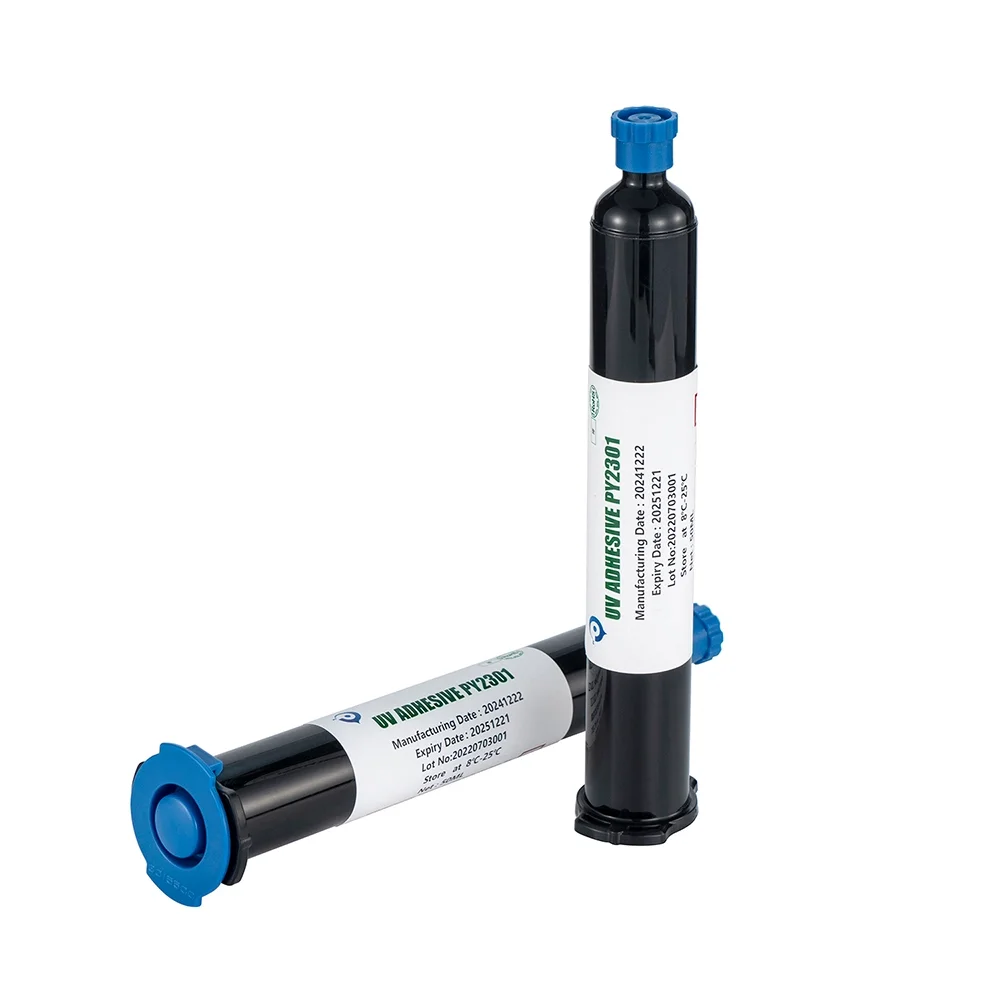- This topic is empty.
-
AuthorPosts
-
2025-07-21 at 4:50 pm #4209
In today's manufacturing landscape, strong, lightweight, and reliable bonding is critical to product performance and production efficiency. From aerospace and automotive to construction and electronics, companies are moving away from traditional fasteners and welding methods, embracing adhesive technologies that offer superior durability and design flexibility. Among these technologies, acrylic structural adhesive has earned a prominent position due to its balance of strength, toughness, and ease of use. Acrylic structural adhesive is formulated to provide high-performance bonding between a variety of substrates—including metals, plastics, composites, and even painted or oily surfaces. It cures quickly, tolerates surface irregularities, and delivers excellent mechanical properties, making it an ideal choice for structural and load-bearing applications. This article Peiyang explores the key features of acrylic structural adhesives in industrial settings.
What Is Acrylic Structural Adhesive?

An acrylic structural adhesive is a high-strength bonding agent specifically engineered for industrial applications that demand durability, flexibility, and mechanical performance. Unlike traditional adhesives used for light-duty sealing or cosmetic purposes, acrylic structural adhesives are designed for load-bearing, stress-intensive joints, where the bond must withstand dynamic forces such as shear, peel, and impact over long periods.
Formulated primarily from methyl methacrylate (MMA) or other acrylic resins, this type of adhesive offers excellent adhesion to a variety of substrates—metals, plastics, composites, and even slightly oily or unprepared surfaces. The versatility of acrylic structural adhesive lies in its ability to bond dissimilar materials without requiring primers or extensive surface preparation, saving manufacturers both time and cost.
Additionally, many acrylic structural adhesives are fast-curing, enabling high-speed assembly in automated production lines. Their unique chemistry allows them to develop strength quickly without external heat, while maintaining long-term bond integrity in challenging environments. Whether used in automotive, aerospace, electronics, or building applications, acrylic structural adhesives provide an ideal balance of strength, durability, and application flexibility.
Core Features of Acrylic Structural Adhesive
1. Excellent Adhesion to Diverse Substrates
One of the most significant advantages of acrylic structural adhesive is its ability to bond a wide variety of materials. It adheres exceptionally well to metals like aluminum, stainless steel, and galvanized steel, as well as to thermoplastics, thermosets, composite panels, and powder-coated surfaces. Even substrates that are difficult to bond using traditional methods—such as polycarbonate or painted metal—can be effectively joined using an acrylic structural adhesive.
This wide-ranging compatibility eliminates the need for specialized adhesives for different material combinations, making the production process more efficient. The strong bond created by an acrylic structural adhesive ensures that materials remain securely joined even under thermal expansion, vibration, or mechanical load, which is especially critical in structural applications.
2. Fast Fixture and Cure Time
Production efficiency is a top priority in modern manufacturing, and acrylic structural adhesive contributes significantly to faster assembly processes. Most formulations offer a short fixture time—typically ranging from 5 to 20 minutes—and achieve handling strength rapidly. Full cure is often achieved within hours at room temperature, which eliminates the need for ovens or external heat sources in many production environments.
This quick curing behavior of acrylic structural adhesives allows for faster throughput on assembly lines, reduces bottlenecks, and enables just-in-time manufacturing strategies. For high-volume manufacturers seeking to shorten cycle times without compromising bond performance, acrylic structural adhesive is a smart choice.
3. High Shear, Peel, and Impact Strength
The true value of any structural adhesive lies in its mechanical performance. An acrylic structural adhesive excels in this area by providing outstanding shear strength—critical in applications where bonded materials are subjected to opposing forces. Peel strength is equally important, especially in assemblies that experience flexing, twisting, or pulling along the bond line.
Additionally, the high impact resistance of acrylic structural adhesives makes them suitable for dynamic or mobile applications, such as vehicles, heavy equipment, or machinery. They can absorb and distribute energy efficiently, preventing bond failure even under repeated stress or shock loads. This mechanical robustness enables engineers to replace traditional joining methods like bolts or rivets with adhesive bonding—without sacrificing reliability or strength.
4. Good Environmental and Chemical Resistance
In many applications, bonded assemblies are exposed to aggressive environments: temperature fluctuations, humidity, UV light, salt spray, chemicals, oils, and fuels. A high-performance acrylic structural adhesive is formulated to resist degradation under these harsh conditions, maintaining bond strength and durability throughout the product's life cycle.
For example, in marine environments, acrylic structural adhesives are often used to bond fiberglass hulls or attach metal components because they resist saltwater corrosion. In automotive and aerospace industries, these adhesives protect against chemical exposure and extreme heat or cold. This durability makes acrylic structural adhesive a trusted choice in critical structural joints that must endure over time.
When reliability, versatility, and strength are essential, acrylic structural adhesive delivers exceptional performance across a wide range of industrial applications. Its ability to bond dissimilar materials, cure rapidly, withstand harsh conditions, and reduce reliance on mechanical fasteners makes it a preferred choice for modern engineering teams worldwide. Whether you're designing lightweight transportation components, assembling precision electronics, or fabricating structural panels, integrating acrylic structural adhesive into your process can streamline production, improve product quality, and reduce long-term maintenance costs. It is a bonding solution engineered not just to hold—but to last.
https://www.opticaladhesives.com/Acrylic-Adhesives
http://www.opticaladhesives.com
Suzhou PeiYang New Material Technology Co. Ltd -
AuthorPosts
- You must be logged in to reply to this topic.